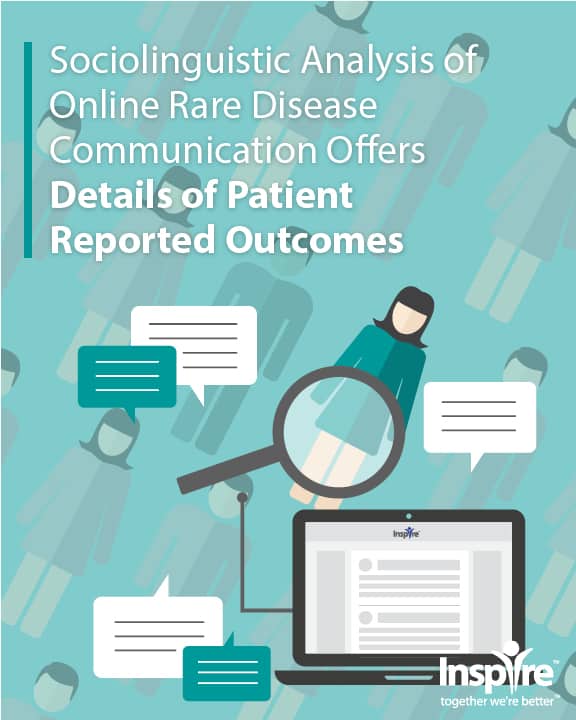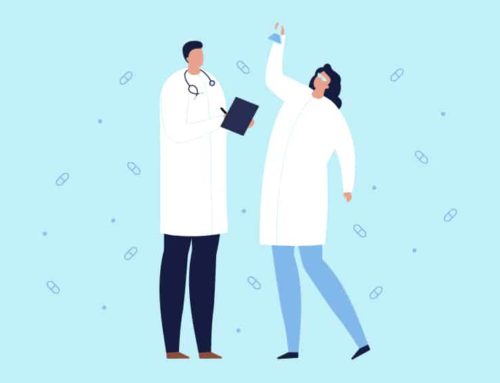Where Can I Get This ‘Real World Data’ You Speak Of?

By Robert Gardner
How far has the importance of Real World Evidence advanced as part of treatment development? When the attendees of a recent eyeforpharma webinar were asked, “Are you, or will you soon be using RWE for enabling new types of value or outcomes-based assessment within your own firm?” 35 percent responded that they already consider RWE “a universal and necessary standard,” with another 26 percent saying RWE is or will be used as evidence in developing “specialty and high-priced treatments.”
A “universal and necessary standard” is a long way from previous lukewarm support. Given that patients are the ultimate source of RWE, contrast this response with the results of a survey conducted by SCORR Marketing and Advanced Clinical Trials. It found that 41 percent of respondents don’t solicit input from patients as part of clinical research at all. The most significant challenge cited was lack of budget; “Those who work at research sites (44 percent) were especially inclined to identify a lack of budget as their most significant challenge.”
Thirty-seven percent of the eyeforpharma webinar attendees polled also said the greatest barrier “toward increased investment and adoption of RWE in your company” was a lack of data sources to provide evidence. The other four available responses came in at less than 18% each, making the lack of data sources the most important barrier by far.
Drug developers and regulatory agencies are familiar with methodologies generating quantitative data and are satisfied that they meet the standard of proof; social scientists use various methods, including Natural Language Processing and sociolinguistic analysis, for vetting qualitative data where it, too, is relied upon as credible evidence.
While the eyeforpharma webinar attendees said the biggest holdup in using RWE as a standard was the availability of qualified data sources, the FDA and others — including Inspire — are in the process of demonstrating which methodologies using qualitative data satisfy the scientific standards associated with quantitative methods for producing Real World Evidence.
In fact, Sara Ray, Inspire’s Senior Research Director, was involved in a study recently published by Research in Social and Administrative Pharmacy: A pilot qualitative analysis investigating patient generated data as sources of Real World Evidence, including social media and FDA public archival transcripts. The authors followed the Standards for Reporting Qualitative Research (SRQR) to demonstrate transparency. As the authors said, “Given the ubiquity of narrative and unstructured data, exploring methods for developing a repeatable analytical methodology to quantify an analyze unstructured data is crucial to its effective use.” The results found that “Through triangulation of data, FDA identified data overlaps (thus increasing confidence of data),” and located information found only in social media and archival sources.
Inspire’s recent case study, Sociolinguistic Analysis of Online Rare Disease Communication Offers Details of Patient Reported Outcomes, is another example of how Inspire’s research scientists transform unstructured patient-generated data into actionable findings. Inspire data sources and methodologies provide the qualities the industry is seeking for including Real World Evidence in PFDD: Scientifically grounded theory and analysis techniques performed by experienced analysts. As FDA Commissioner, Scott Gottleib M.D., said last year: “RWD collected from a variety of sources offer new opportunities to generate evidence and better understand clinical outcomes.”3Some of that Real World Data and Evidence is coming from an abundant source: Skilled analysis of patient experiences expressed every day on social media.
Inspire offers a trusted community to patients and caregivers. Our goal with this blog, this website and our content is to provide the life science industry access to the true, authentic patient voice. In so doing, we support faithful operationalization of patient-centricity. Take a look at our case studies, eBooks and news outlet coverage.
References
1 Christine Lee, et al., Research in Social and Administrative Pharmacy, https://doi.org/10.1016/j.sapharm.2019.10.0009
2https://www.fda.gov/news-events/press-announcements/statement-fda-commissioner-scott-gottlieb-md-fdas-new-strategic-framework-advance-use-real-world
***EDITORS NOTE: Patient Pulse will take a break for the holidays and will be back on January 7, 2020. Happy Holidays!






